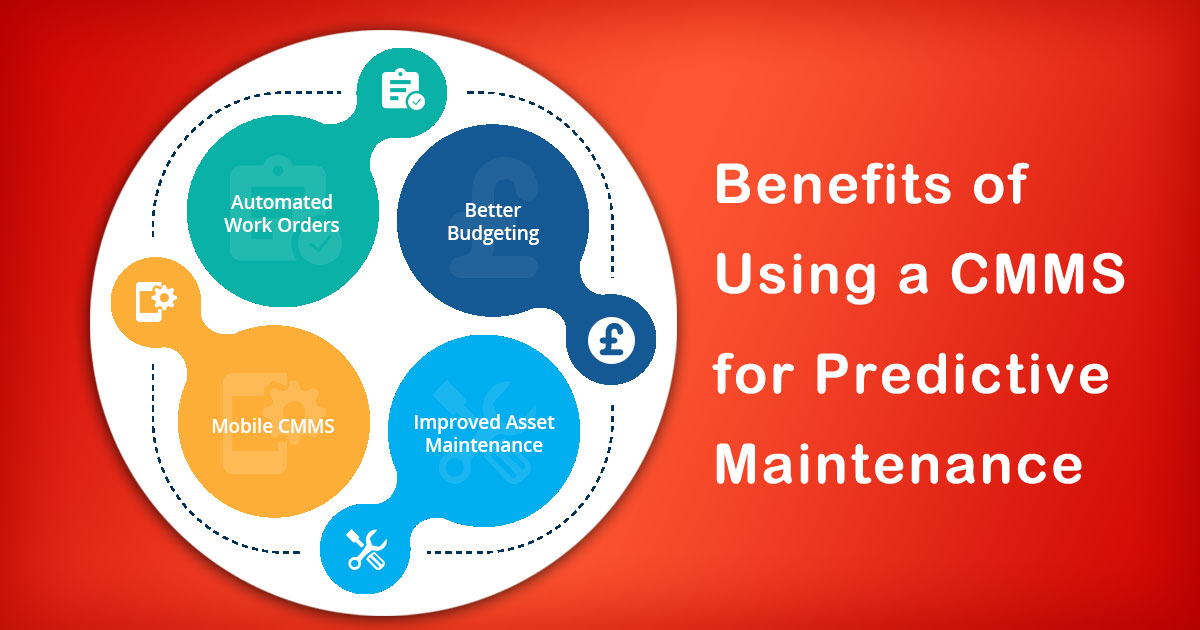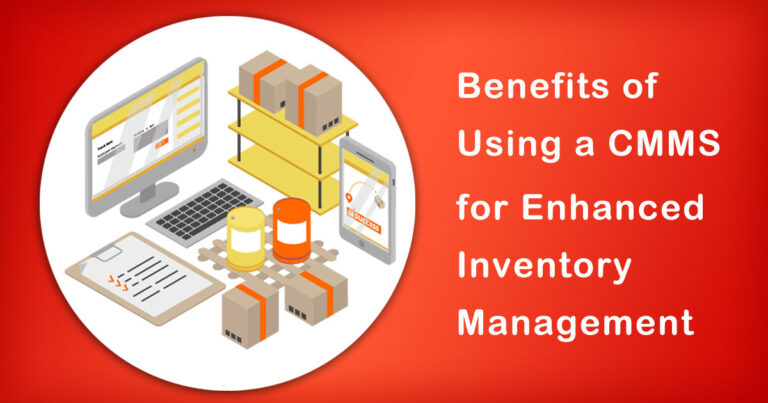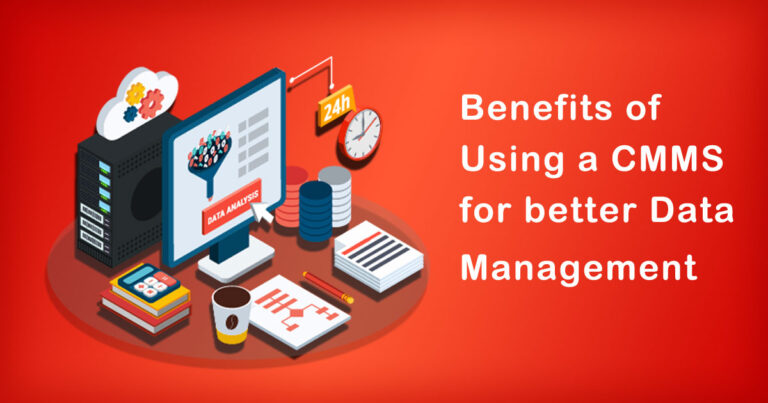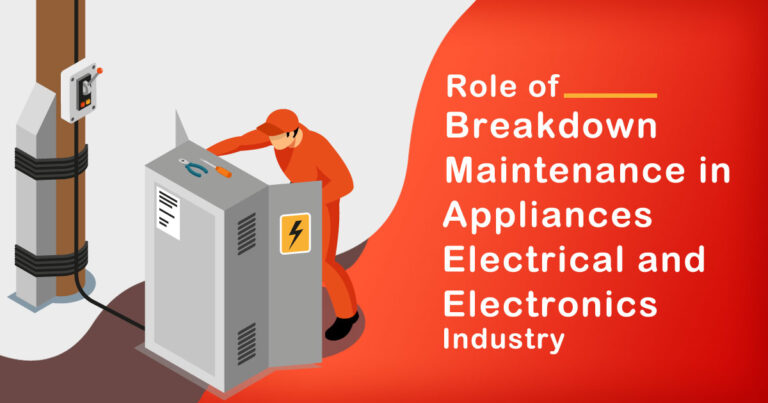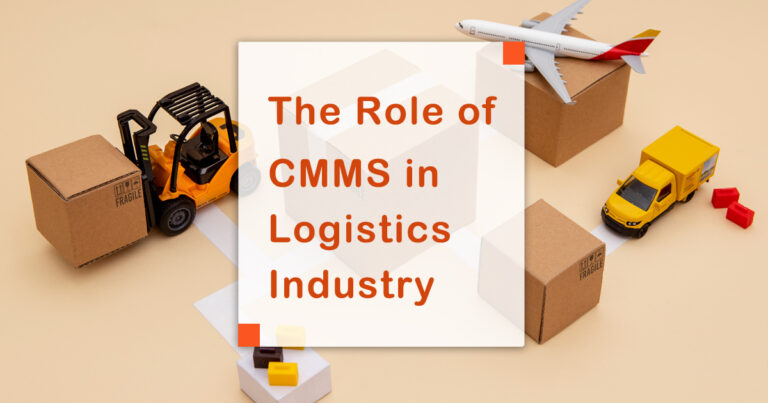Introduction
In today’s fast-paced and technology-driven world, businesses are constantly seeking ways to optimize their operations and maximize productivity. One area where advancements have been particularly impactful is maintenance management. Traditional reactive maintenance approaches are being replaced by proactive strategies that aim to prevent equipment breakdowns and optimize asset performance. One such strategy is predictive maintenance, and a key tool in its implementation is a Computerized Maintenance Management System (CMMS). In this article, we will delve into the benefits of using a CMMS for predictive maintenance, particularly in the Indian context.
Improved Equipment Reliability
One of the primary benefits of implementing a CMMS for predictive maintenance is the significant improvement in equipment reliability. By utilizing advanced algorithms and data analysis techniques, a CMMS can monitor equipment performance in real-time, identify potential issues, and predict failures before they occur. This proactive approach allows maintenance teams to take necessary preventive measures, such as conducting maintenance tasks or replacing parts, to avoid costly breakdowns and unplanned downtime. In an Indian context, where many businesses operate in challenging environments with varying infrastructure conditions, the ability to proactively address equipment reliability issues is crucial for maintaining uninterrupted operations.
Cost Savings
Predictive maintenance through a CMMS can result in substantial cost savings for organizations. By identifying and addressing maintenance issues before they escalate, businesses can avoid costly emergency repairs, reduce downtime, and extend the lifespan of their assets. According to a study conducted by the Advanced Manufacturing Research Centre (AMRC) in India, implementing predictive maintenance practices can lead to an average reduction of 25% in maintenance costs. Furthermore, the study highlights that for every rupee invested in a CMMS, businesses can save up to five rupees in maintenance expenses. These cost savings are particularly significant for industries that heavily rely on equipment and machinery, such as manufacturing, energy, and transportation sectors.
Optimal Resource Allocation
Efficient resource allocation is a critical aspect of maintenance management. A CMMS facilitates effective resource planning by providing real-time insights into asset conditions and maintenance requirements. Maintenance teams can prioritize their tasks based on the system’s recommendations, ensuring that resources are allocated where they are most needed. This streamlined approach optimizes labor utilization, reduces unnecessary work orders, and minimizes the risk of overlooking critical maintenance activities. For Indian businesses, which often face resource constraints and cost pressures, a CMMS offers an invaluable tool for optimizing maintenance operations within limited resources.
Enhanced Safety and Compliance
Safety is a top priority for organizations operating in any industry. By implementing a CMMS for predictive maintenance, businesses can enhance workplace safety and ensure compliance with regulatory requirements. A CMMS enables the scheduling and tracking of safety inspections, preventive maintenance tasks, and equipment certifications. Moreover, it facilitates the documentation of maintenance activities, creating an audit trail for regulatory compliance purposes. By proactively addressing maintenance issues, organizations can minimize the risk of accidents, injuries, and equipment failures, thus safeguarding both employees and the environment.
Data-Driven Decision Making
A CMMS provides a centralized platform for storing and analyzing maintenance data, enabling data-driven decision making. By leveraging the wealth of information captured by the system, maintenance managers can gain valuable insights into asset performance, failure patterns, and maintenance trends. This data-driven approach helps in identifying areas for process improvement, optimizing maintenance strategies, and making informed decisions about equipment replacement or upgrades. In the Indian context, where asset-intensive industries play a vital role in the country’s economy, leveraging data through a CMMS can contribute to improved operational efficiency and competitiveness.
Conclusion
The adoption of predictive maintenance strategies, supported by a CMMS, offers numerous benefits for businesses in the Indian context. From improved equipment reliability and cost savings to optimal resource allocation and enhanced safety, a CMMS empowers organizations to proactively manage their maintenance operations. By leveraging real-time data and predictive analytics, businesses can maximize asset performance, minimize downtime, and achieve a competitive edge in today’s dynamic marketplace. As the Indian industrial landscape continues to evolve, integrating a CMMS into maintenance management practices will become increasingly vital for organizations striving for operational excellence and sustainable growth.


